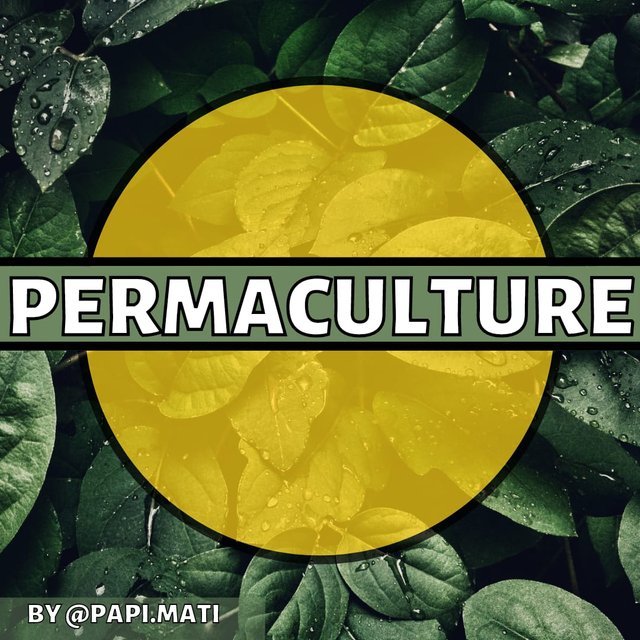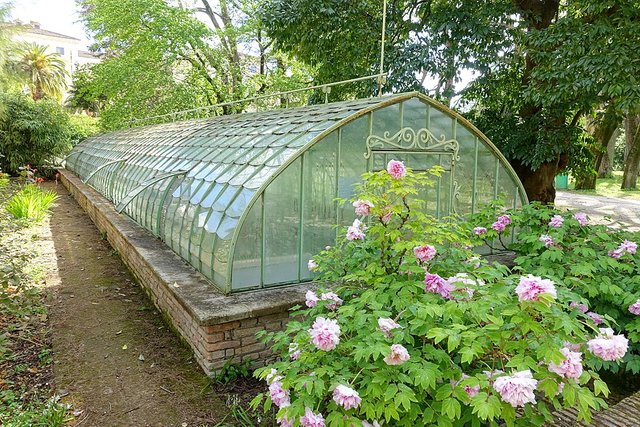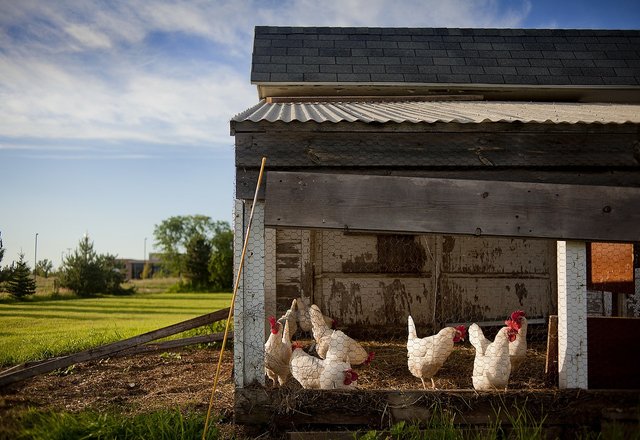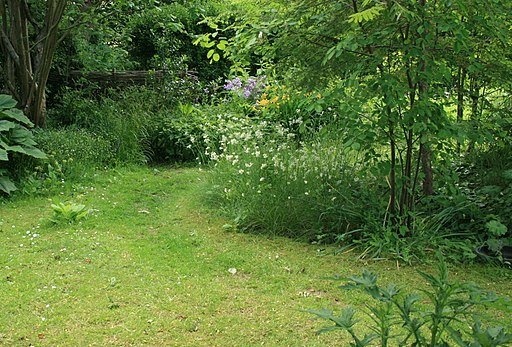Permaculture - Zone Analysis in Permaculture (lesson 16)
Intro
When starting a chapter on the general development of space in a garden or on a permaculture farm, it is worth devoting one of the lessons to the so-called "zone and sector method". Modern permaculture, that is, the one in use for almost 50 years, is based on a few basic principles and dozens of different variants related to every detail. While the details may depend on the permaculture school, and sometimes additionally on climatic conditions, the basics, including the zone and sector method, are almost always the same. Today I will tell you about the zones, while the next lesson will be dedicated to sectors.
The zone and sector method helps us decide where to place the individual elements in the garden so that they mutually benefit each other and minimize the amount of daily work. It consists in dividing our plot into individual zones, numbered from 0 to 5.
Zone 0 and Zone 1
Zone 0 will be a house with a possible terrace or balcony. A place where we stay every day. Further, the plants and elements that require the most work and/or daily care should be placed in the closest zones around the house. A perfect example of plants that should be in zone 1 are herbs, preferably planted at the kitchen door. You can also plant them in pots at home in zone 0. Thus, in the middle of cooking dinner, you can harvest a handful of fresh herbs without wasting too much time.
Bill Mollison, one of the fathers of permaculture and a figure well known to all those who study the subject of sustainable agriculture, estimates that zone one should extend 5 to 15 meters from the house. Its actual size, however, will depend on the total area of our plot, as well as on the terrain, sun exposure, and many other elements.
In the first zone, apart from the herbarium, we can place beds with vegetables that require intensive weeding. It's good to put there a small relaxation zone with ornamental plants offering intense, pleasant smells, delicate crops, or other elements that require attention, for example, a place where we will spread seeds.
It's a good idea to include your favorite fruits and vegetables in the first zone - those that we reach for often enough that it becomes practical to have them closer to home. You can also plant plants that attract insects, which in turn will attract birds, which are good to listen to and watch over your morning coffee on the patio.
The first or second zone is a good place for greenhouses.
Zone 2 and Zone 3
The second zone consists of facilities that still require a lot of work, but not necessarily regular maintenance a few times a day. It can be a traditional vegetable garden, chicken coops, and other animals, compost, cowshed, fruit bushes. It is also a good place for ponds and other water reservoirs.
The third zone does not require daily maintenance. Works are performed there occasionally. It's a good place for an orchard, fruit trees, and even a food forest (one of the permaculture methods I will describe in the future). Here you can have a field with grain, soybeans, or other large-scale crops, for example for animal feed.
Zone 4 and Zone 5
In the fourth zone, we can plant woods used for construction (e.g. bamboo), maple trees for maple syrup, birch trees for birch sap, and other objects that require even less attention than in the other three zones. Mostly they will be non-fruit trees, perhaps medicinal shrubs (for example, elder). It will also be a good idea to place hives in this zone because bees should be kept away from animals and should not be disturbed. However, if you decide to have hives, remember not to put them in a too dark place - give up trees in the immediate vicinity. If you do not have hives, you can also set up pastures in this zone.
After all, the last, fifth zone - this is the wild zone, in which we do not interfere in any way. We leave it for the local fauna and flora to enrich the biodiversity in the area. This is a thank you to nature for the opportunity to use her land in the rest of the garden, a place from which we can not drive out undesirable animals in the garden and not remove weeds, a great space for relaxation, but also for watching nature and learning. The methods which are seen in the fifth zone, such as allelopathic relationships between plants, can then be used in our garden.
Summary
| . | Zone 1 | Zone 2 | Zone 3 | Zone 4 | Zone 5 |
|---|---|---|---|---|---|
| Des crip tion | Most intensive use and care | Everyday use and care | Low care | Minimal care | No intervention |
| Fun ction | Creates house microclimate, provides recreation, daily plants to use, helps to multiply plants (seeds beds) | Production of most of the food, vegetables, eggs, etc. | Fruits from the fruit trees, wheat | Pastures, honey, woods | Knowledge, inspirations, relax |
| Struc ture | Greenhouse, workshop, recreative objects, worm farm, shed | Greenhouse, chicken coop, barn, shed | Sto rage | Animal feeders | - |
| Crops | Flowers, herbs, decorative trees, commonly used veggies | All the vegetables, small fruit plants | fruit trees, wheat, soybean, potatoes | wood, maple, native plants | wild herbs, native plants, and mushrooms |
| Ani mals | worms, guinea pigs, rabbits | chickens, ducks, goose, fish, crayfish, frog | - | cows, sheep, goats, horses, pigs, bees | wild animals |
All my lessons are shared totally for free with a CC-0 license (which means you can copy my text and share it wherever you want to, without the need to mark me as an author). I hope it will bring you joy.
Previous lessons can be read here:
Fertilizers
2 - types of manure and when to use it
3 - Compost. Basics
4 - advanced composting
Soil and minerals
10 - Boron, Molybdenum, Copper, Magnesium
11 - Zinc, Calcium, Iron and other elements
12 - soil components: sand and clay
14 - soil components: calcium, microorganisms, minerals
15 - soil components, part four: water and air
Thank you for reading,
@papi.mati




This course is very educative, well done sir for your research
Thank you!
Another powerful delivery by you @papi.mati, I enjoy reading through your lesson. Keep on educating us. Thank you
Thank you! It's so nice to read such warm words!